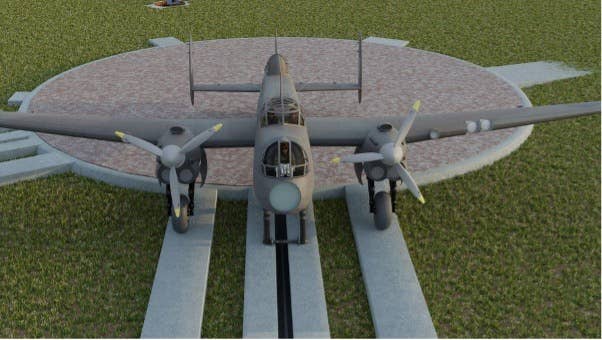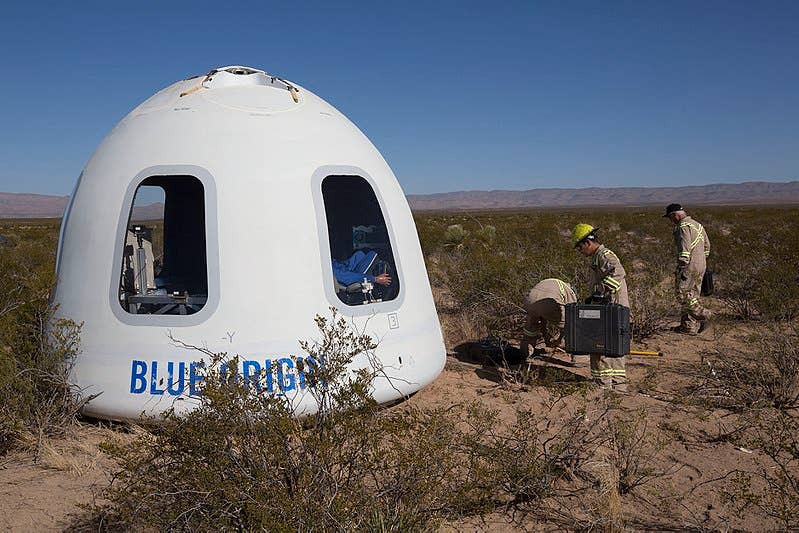Archaeologists Unearth World War II-Era Air Catapult System In UK
A construction project at a British Royal Aircraft Establishment (RAE) World War II-era site has unearthed an unusual find. Developed between 1938 and 1940, the RAE Mark III Catapult was…

3D digital model of a unique aircraft-catapult launch system in the UK. Image: Museum Of London Archaeology
A construction project at a British Royal Aircraft Establishment (RAE) World War II-era site has unearthed an unusual find. Developed between 1938 and 1940, the RAE Mark III Catapult was designed to launch fully fueled and loaded bombers from runways as short as 270 feet long. The project never succeeded in launching an aircraft, and the site of the underground catapult system was paved over with a conventional runway in 1941.
But the technology developed by the engineers at what is now the Harwell Science and Innovation Campus in Oxfordshire, U.K., ultimately led to a shipboard system for launching Hawker Hurricane fighters to defend convoys from long-range Focke-Wulf Fw-200 Condor bombers. Officially called Sea Hurricanes, but nicknamed “Hurricats,” the fighters were launched from trestles mounted on catapult aircraft merchant (CAM) ships. After engaging enemy aircraft, the pilot of the Hurricat would either bail out or ditch alongside the ship.
The original land-based system used a catapult powered by compressed air. A Rolls-Royce Kestrel piston engine provided up to 2,000 pounds of pressure. A round center platform would rotate to line the aircraft up with the track best aligned with the wind. A hook was to be attached to the front of the aircraft and pulled it forward when the pressure was released.
According to the Museum of London Archaeology (MOLA), the tracks and other remains of the catapult system are being dismantled but recovered and kept for posterity. Museum archaeologists have also created a 3D digital replica of the system.
According to project officer Susan Porter, "This fascinating structure reminds us of the rapid experimentation and innovation of the interwar years and World War II. Crucially, recording the location and appearance of every inch means that the catapult is preserved by record for future generations."






